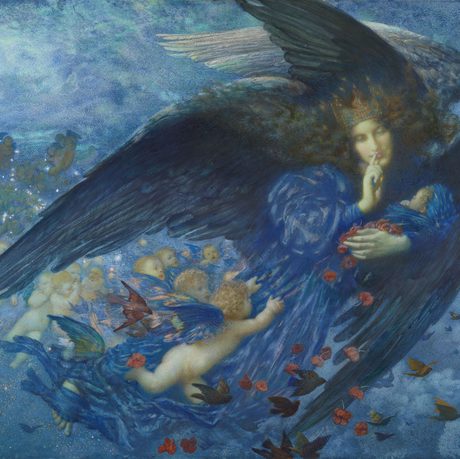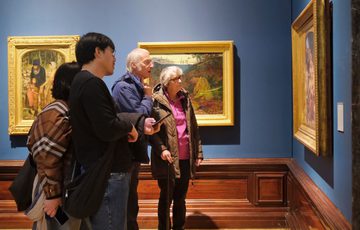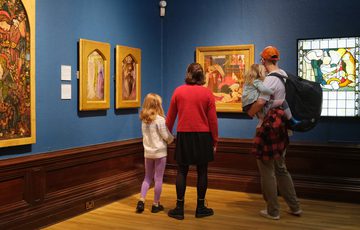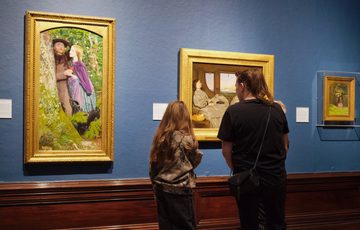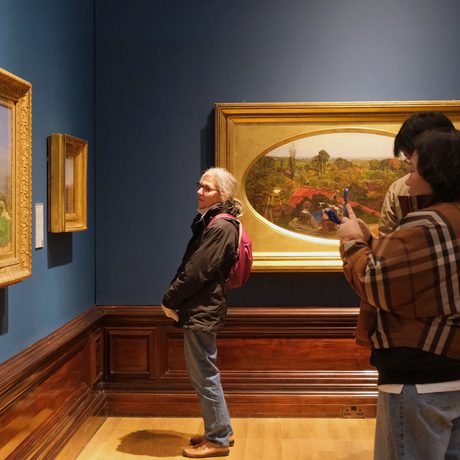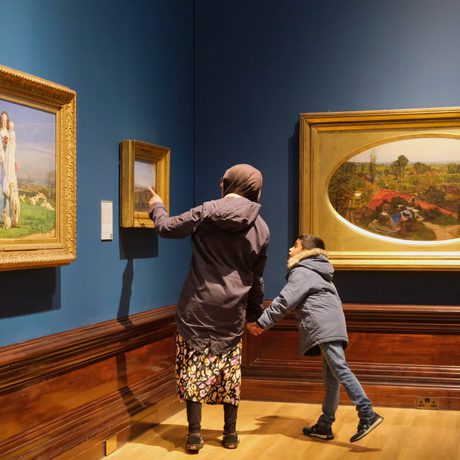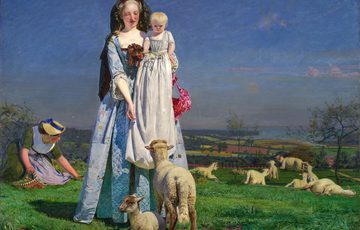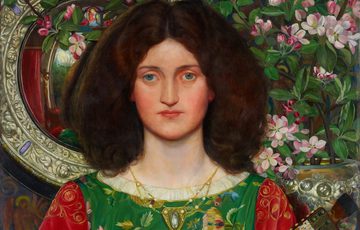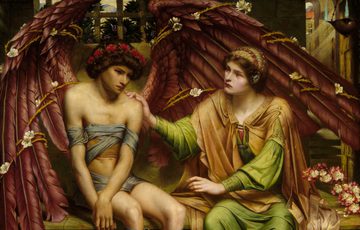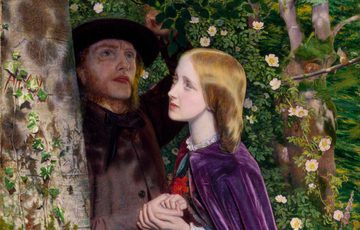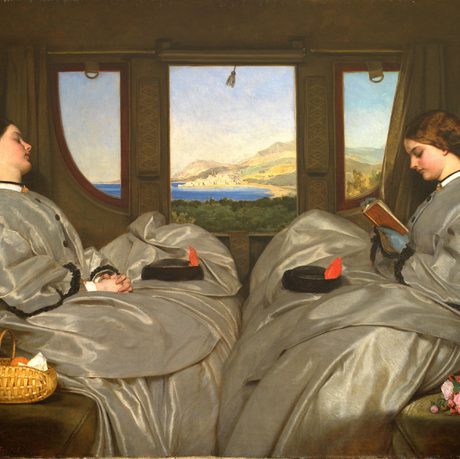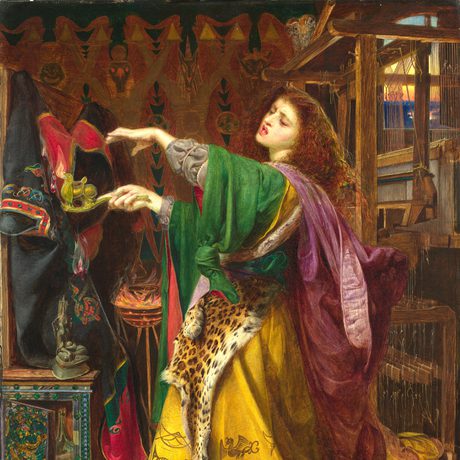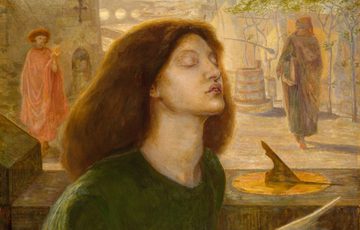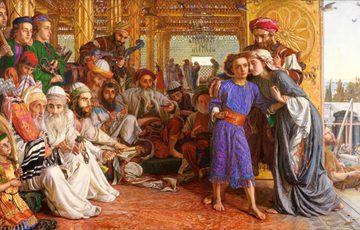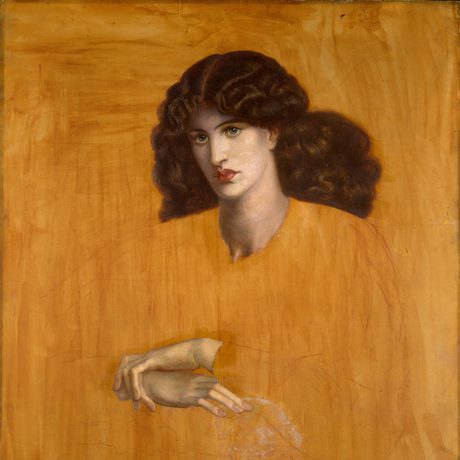The Pre-Raphaelites
HighlightsFour newly refurbished galleries will feature over 60 paintings, sculpture and stained glass panels by artists including Ford Madox Brown, Edward Burne-Jones, John Everett Millais, Dante Gabriel Rossetti and Simeon Solomon.
Birmingham is proud to have the largest collection of art and design by the Pre-Raphaelites and their followers in the world. Selected from this outstanding collection, the new displays will introduce audiences to the Pre-Raphaelites and their circle, from their early works through to artists working in Birmingham at the turn of the 20th century.
Display highlights include new acquisitions by female artists, including the first oil painting by a female Pre-Raphaelite to enter the city’s collection: Emma Sandys’s Young Woman with a Rose. Also on show is The Puritan Maiden Priscilla by Birmingham painter Kate Bunce, acquired this year and displayed in the Museum for the first time. There will also be the chance to see important pictures on long-term loan from private collections, including paintings by Joanna Boyce Wells, Burne-Jones and Arthur Hughes.
Free entry.
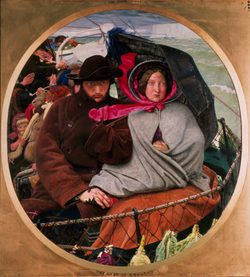
About the Pre-Raphaelites
The Pre-Raphaelite Brotherhood was Britain’s first modern art movement. In the mid-19th century these young artists painted traditional subjects in radical ways and responded to a rapidly changing world. They looked back to the bright colours and realism of medieval art to create a new style for a modern age. As they admired art from before the Italian painter Raphael (1483-1520), they called themselves ‘Pre-Raphaelites’.
About the Birmingham School of Art
Birmingham was a leading centre for art and design in the late 19th century. The new Central School of Art on Margaret Street produced a generation of groundbreaking artists, designers and makers.
Young Birmingham painters were inspired by the Pre-Raphaelites, especially Burne-Jones and Rossetti. They studied their work in the School of Art and came to Birmingham Museum & Art Gallery to copy the paintings. Burne-Jones visited the School in 1887, giving the students encouragement and advice.
The city also became a centre for tempera painting. Birmingham artist Joseph Southall led a revival of this medieval technique. He mixed pigments with egg rather than oil, creating the rich, bright colours visitors can see in many paintings in the new displays.
